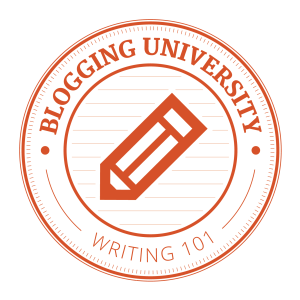Recently I blew through all three books of Erika Johansen’s Tearling series. The novels narrate how the young woman Kelsea comes to power in the kingdom of the Tearling which is in thrall to the neighboring kingdom of Mortmesne, ruled by the wicked Red Queen. In the first book, The Queen of the Tearling, Kelsea learns her true identity and travels to New London to assume her throne — if she can survive various assassin attempts along the way. When Kelsea first arrives at her capital city she sees a line of cages full of human beings to be shipped to Mortmesne. Years ago to make peace with Mortmesne, Kelsea’s mother had to agree to send two hundred and fifty people to become slaves to the Red Queen. Kelsea orders them freed despite the fact that failing to meet the monthly quote means the Tearling kingdom will be invaded. This order sets in motion the action of the remainder of the first book and the other two books.
The second book, The Invasion of the Tearling, interweaves several narrative strands simultaneously, including flashbacks. With the power of her Tear sapphires, Kelsea is able to see into the past through her psychic connection to a woman named Lily. Thus we learn how the land of this new world was settled by refugees from the new future of our current modern world, where the environment has so degraded and the economic divide has so grown that society is split into the upper echelon who walls themselves away from the disasters of climate change and poverty and everyone else who is battling to survive — often ungoverned by morals or ethics. These refugees are led by an idealistic former British commando named William Tear who wants to take his followers to an alternate world free of the modern technology and industrialization which are the root causes of the cataclysmic disaster that is the modern world.
The third book, The Fate of the Tearling, uses a time twist to wrap up all the ends of the various narrative strands. Once again the main villain who is the Red Queen has her evil so justified and explained by childhood neglect and abuse that evil ceases to exist. The Red Queen just becomes another victim. I supposed there is evil in the characters who get pleasure from masochistic acts of violence, but that evil seems like such mundane evil on a human scale of comprehensibility.
Johansen does manage to include various manifestos of women’s rights (right to enjoy sex, right to have an abortion, right to be free from abuse), of children’s rights and of gay rights. She also rails against established religion and particularly Christianity. She lauds science and environmentalism. But it all seems so strident and obvious and (ultimately) tiresome. Subtlety of message is preferable. That is what tempered allusion and symbols are for.
And what is with the zombie children vampires?!





